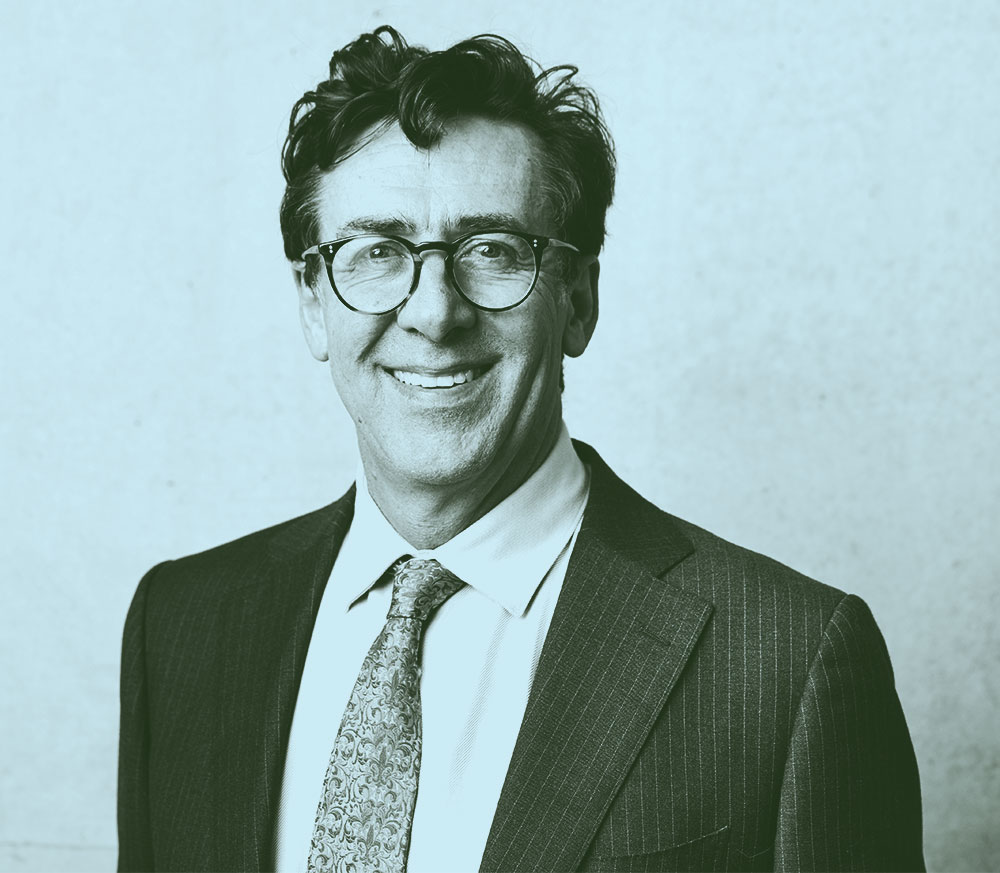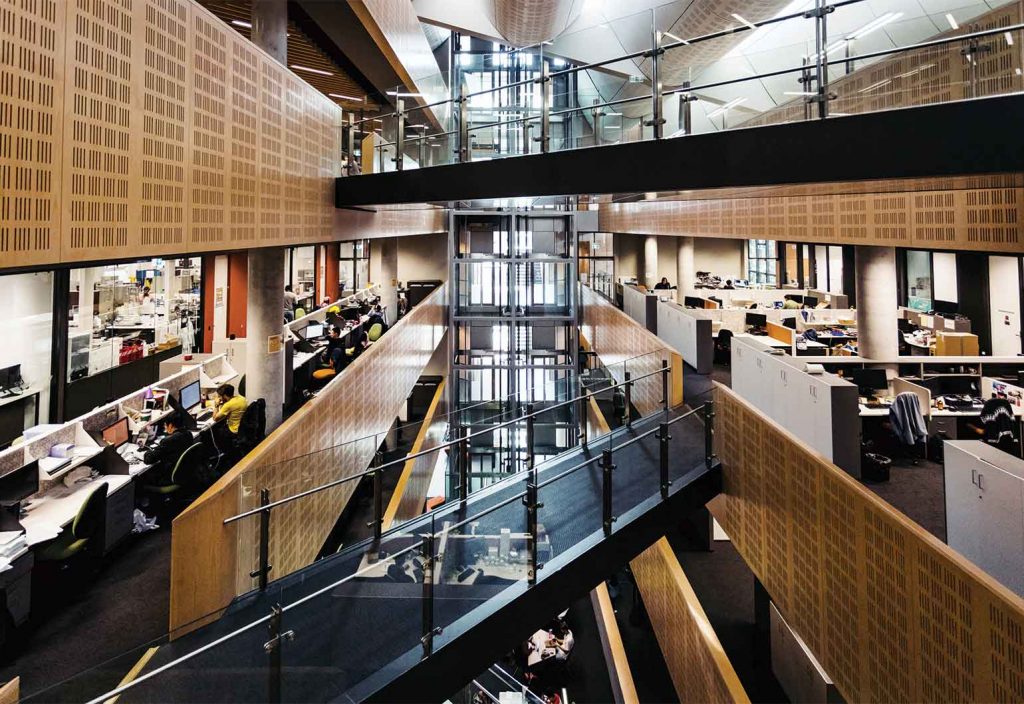Misconceptions and financial factors are stifling domestic PhD enrolments — but the engineers who do sign up say the experience is worth it.
For decades, the University of New South Wales (UNSW) has been a globally recognised force in engineering, training thousands of domestic and international students for professional and academic careers.
UNSW remains the Australian university with the most engineering PhD students — currently more than 900, according to Deputy Dean Professor Ian Gibson FIEAust.
But for several years that figure has barely risen. What’s more, three-quarters of UNSW’s PhD qualifications are now being awarded to international students, most of whom, Gibson said, do not remain in Australia after graduating.
The situation is reflected across Australia’s G8 universities. Although the total number of engineering PhD enrolments in Australia rose two per cent to 10,121 between 2018 and 2019 (the latest year for which figures were available), the number of domestic enrolments fell by 5.6 per cent.
“We’ve reached a point where we cannot find enough qualified domestic applicants to fill all the scholarships that are available,” Gibson said.
As a result, fewer PhD-qualified engineers are entering the workforce, which Gibson said is knee-capping Australia’s research and development (R&D) capability and hampering the nation’s competitiveness.
“Like other countries, more than 50 per cent of the research and development in Australia is conducted by industry,” he noted.
“But if you look at a technology company in, say, the US or Japan, many more of their staff have PhDs, which means they have been better trained to undertake R&D.”
Australian businesses are simply not getting engineers with the skills required to undertake world-leading research and development, Gibson said.
“That limits our ability to innovate and to be competitive in the global marketplace.”
Greener pastures
How did we reach this point?

Gibson said it’s partly because Australian industries are thriving, which means demand for engineers is high.
“It’s a very buoyant graduate marketplace,” he said.
“Starting salaries for graduates are very tempting.”
The average graduate engineer salary is above $70,000 per year. The alternative is to continue as a PhD student on a stipend of perhaps $30,000 per year.
That might be appealing if graduates believed a PhD would fast-track their careers. But Gibson said most engineering students think otherwise.
“A PhD is seen as a degree to do if you want to become an academic,” he admitted.
That is precisely what some graduates do want, but most engineers with an interest in research are keen to work in industry, according to Gibson.
“We need to change their perception that PhDs are only good for academia,” he said.
“It’s partly the universities’ responsibility. Currently, our PhD programs are not designed to attract people who want to work in industry.”
But he said employers have a role to play, too.
“We hear unhelpful messaging from some parts of the Australian industry that ‘a PhD is a waste of time’, in a way that you don’t hear overseas,” he said.
In fact, he pointed out, one of the reasons they have no trouble attracting international PhD students is because there is a recognition outside Australia that the qualification opens doors.
On the front line
Gibson said UNSW and other G8 universities could benefit from speaking to current PhD students and recent graduates to find out more about what encouraged them to pursue the qualification.
One such student, Constantine Tsounis, a third-year Scientia PhD Scholar at UNSW’s School of Chemical Engineering, said he signed up after encountering visionary PhD students and supervisors while he was an undergraduate.
“They convinced me that a PhD is not just about conducting research but also about developing professional skills to manage and lead organisations and have a positive impact on humanity,” he said.
Tsounis is unapologetically ambitious.
“I wanted a fast track towards positions that create wide-reaching positive environmental and social outcomes,” he said.
His PhD research into catalysts that can turn wastewater into clean hydrogen dovetails with his aspiration to help the world withstand and eventually reverse climate change.
Tsounis believes other young engineers would be more likely to enrol in PhD courses if the qualification was framed as a way to speed up, not slow down, a career.
Dr Arman Siahvashi, an Engineers Australia member and Forrest–Fulbright Postdoctoral Fellow in the Chemical Engineering Department at the University of Western Australia (UWA), agreed.
He didn’t realise how much he could achieve as a PhD student until he went to work in industry.
“After my master’s, I spent three years in oil and gas,” he said.
“But I needed something more challenging and intellectually stimulating than the work I was doing there.”

So Siahvashi enrolled in a PhD course at UWA.
“I saw it as an opportunity to combine my engineering skills and my imagination to invent and create something new and solve real-world industry problems,” he said.
Now, as a postdoctoral fellow, he straddles the line between academia and industry, collaborating with NASA and Chevron on commercial projects.
He said his PhD has enabled him to pursue his own R&D agenda at a time when the options to do so in Australian industry are limited. He also said the PhD gave him the opportunity to fail and eventually learn from his failures.
Facing struggles
Not all PhD students speak about the experience in glowing terms.
Anne Bettens, a PhD student at the University of Sydney’s School of Aerospace, Mechanical and Mechatronic Engineering, is pursuing the qualification to help her become an astronaut.
She says the tertiary sector seems to discourage all but a chosen few engineering graduates from becoming PhD students.
“It’s not financially viable to do it without a scholarship, and I really struggled to get funding at the beginning because of a paperwork issue that shouldn’t have been an issue,” she said.
“PhD students are struggling to get scholarships and struggling to get by.”
Bettens said she had not expected the process to be so arduous. She wondered if some engineering graduates are avoiding PhDs because they’ve heard about these funding and administrative issues.
“I’m glad I’m doing it, but I don’t think it should be portrayed as smooth sailing,” she added.
“You work very hard and there’s always difficulties, administratively and with funding. You need to be determined.”
Dr Ashley Roberts, an engineer at Woodside Energy and a US citizen, said that pursuing postgraduate qualifications has allowed her to travel internationally.
She went first to Europe, where she did research at the Center for Electron Nanoscopy in Denmark, and then to Monash University, where she conducted experiments at the Australian Synchrotron and the Australian Centre for Neutron Scattering.
Woodside Energy.
In her experience, student researchers in Australia are not given as much freedom as those overseas.
“Some labs are just not efficient at enabling access,” she said.
Another problem: engineers such as Roberts, whose undergraduate qualification is not Australian, cannot use a PhD alone as a path to permanent residency.
That might be one reason so many international PhD students subsequently leave the country.
“There is a lack of recognition from Australia of the value we can add,” she said.
Forging ahead
Gibson said UNSW is taking steps to address some of the issues currently dampening enthusiasm for engineering PhD courses.
“We’re planning to introduce three new industry research degrees,” he said. “And we’re actively seeking to fund ‘top-up scholarships’ to remove the income differential between PhDs and graduate industry roles.”
But Gibson, who has worked as an engineer in computing and other industries, said solutions can only come if the business and tertiary sectors work together.
“This is hard for us to do by ourselves, but if we collaborate, everyone will benefit.”
